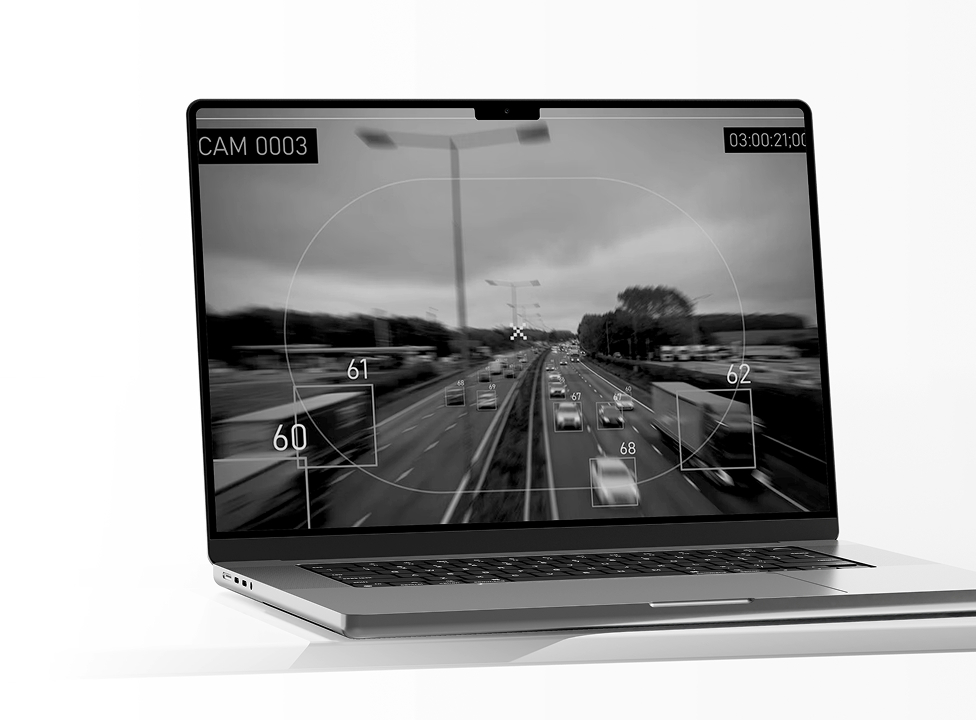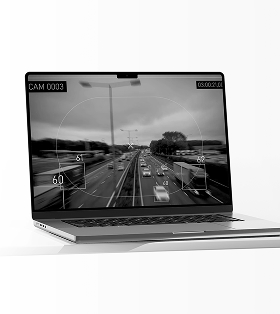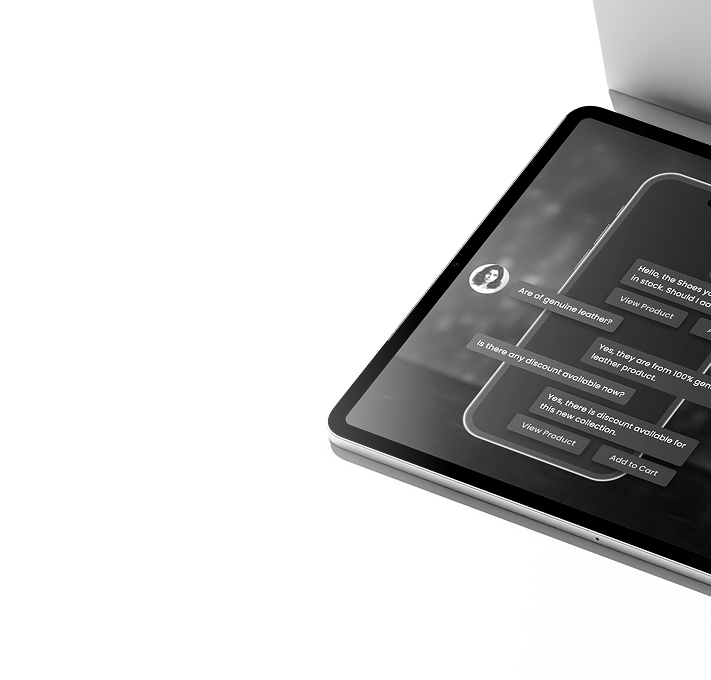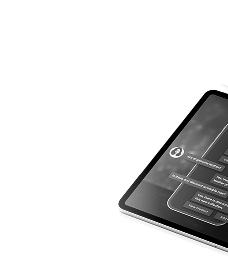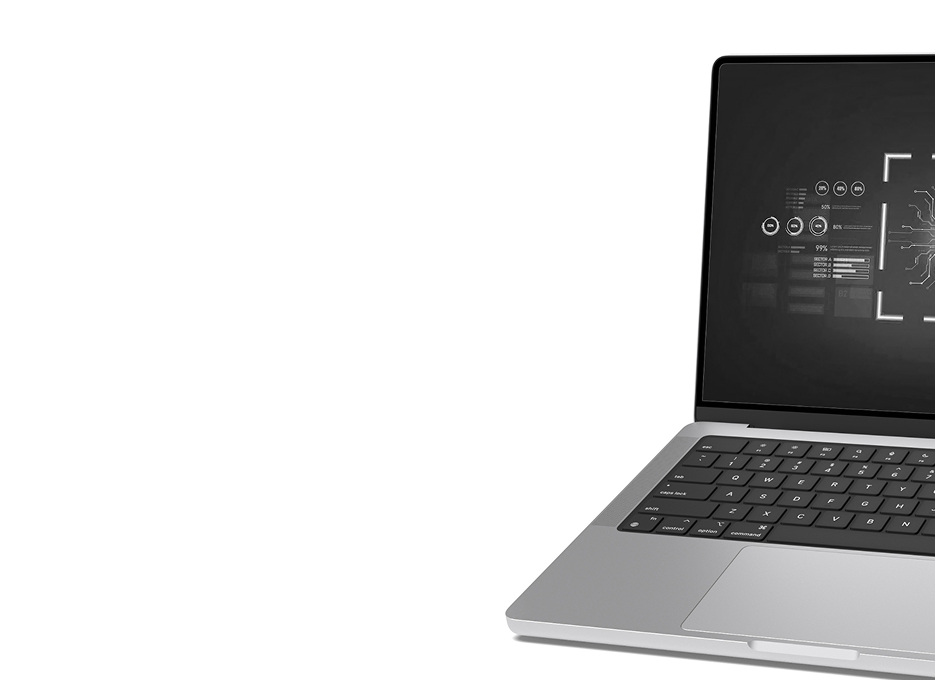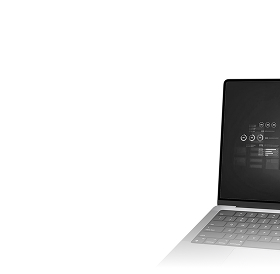Client & Project Overview:
The rapid urbanization of a major city resulted in rising congestion, inefficient traffic control, and increased travel times. The municipality sought a smart, AI-driven solution that could:
- Optimize traffic signals dynamically based on real-time road conditions.
- Reduce congestion and enhance public transport efficiency using data-driven insights.
- Improve pedestrian and cyclist safety by prioritizing vulnerable road users.

Business Challenge:
- Inefficient Traffic Light Timing – Fixed-time signals led to unnecessary delays.
- Rising Congestion & Pollution – Increased vehicle density resulted in gridlocks and environmental impact.
- Lack of Predictive Traffic Management – No system existed to anticipate peak traffic trends.
Solution:
SiriusOne deployed an advanced AI-powered traffic optimization platform featuring:
1. IoT-Enabled Smart Traffic Lights
- Installed high-resolution cameras, radar sensors, and AI-based vehicle detection units.
- Integrated real-time traffic data feeds into an AWS IoT Core-based control system.
2. AI-Driven Dynamic Traffic Control
- Developed deep learning models using TensorFlow to analyze traffic patterns and predict congestion.
- Implemented Apache Flink for real-time stream processing, dynamically adjusting traffic lights based on real-time data.
3. Centralized Smart City Dashboard
- Provided city planners with a cloud-based traffic analytics dashboard to monitor road conditions, identify congestion hotspots, and optimize signal timing at scale.
Results:
- 30% Reduction in Traffic Congestion – Improved vehicle flow and reduced delays.
- 15% Increase in Public Transport Efficiency – Enhanced bus and tram reliability.
- Lower Carbon Emissions – Minimized pollution from idling vehicles.
